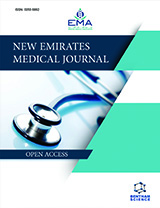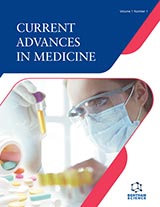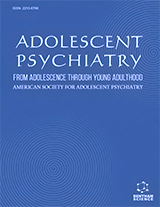Abstract
Central post-stroke pain (CPSP) results from lesions or dysfunction of the spinothalamocortical pathway. Pathophysiological mechanism of CPSP may include contralateral somatosensory cortex or bilateral mid- and posterior insula, anterior insula, posterior cingulate cortex and spinothalamocortical pathway. Our [14C] iodoantipyrine data from animal model of CPSP indicated that significantly higher activation occurs in the medial prefrontal cortex (mPFC), anterior cingulate cortex, thalamus, hypothalamus, amygdala and periaqueductal gray (PAG). We propose a neural correlation hypothesis of CPSP, in which the mPFC-amygdala pathway, hypothalamus and PAG interact with each other and the spinothalamocortical pathway, resulting in the manifestation of CPSP symptoms. These symptoms can include depression, anxiety, motor disturbances and cognitive dysfunction in thalamic stroke patients, in addition to CPSP. Alterations in different brain activation and circuitry connections in CPSP may help in understanding the pathophysiological mechanisms underlying multiple aspects of CPSP symptoms. Such novel ideas may be applied to develop pharmacological and non-pharmacological interventions for CPSP.
Keywords: CPSP, Nociceptive stimuli, Spinothalamocprtical pathway.






















